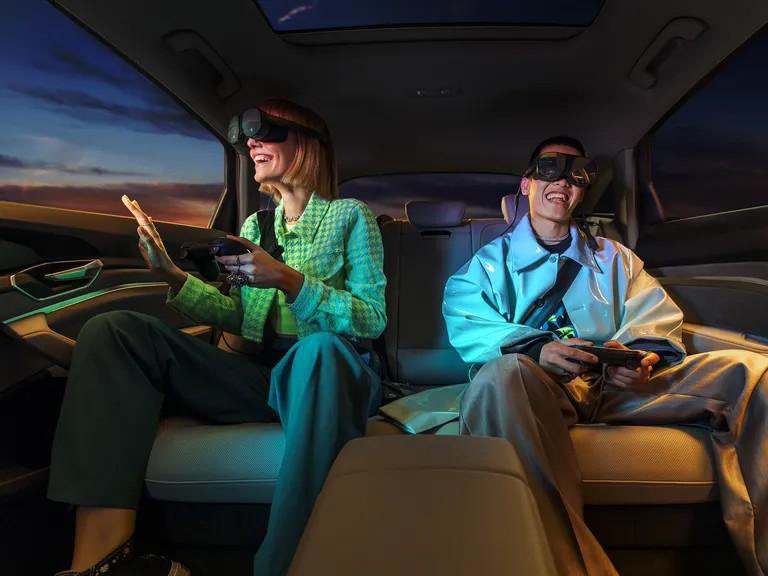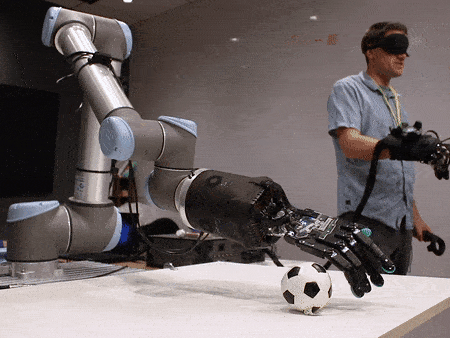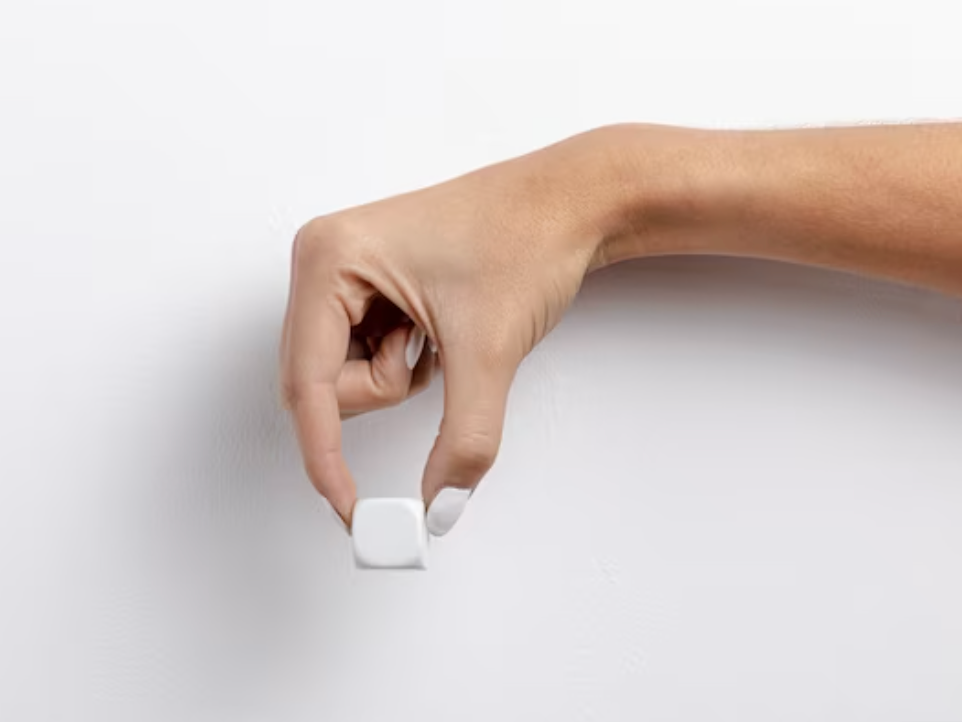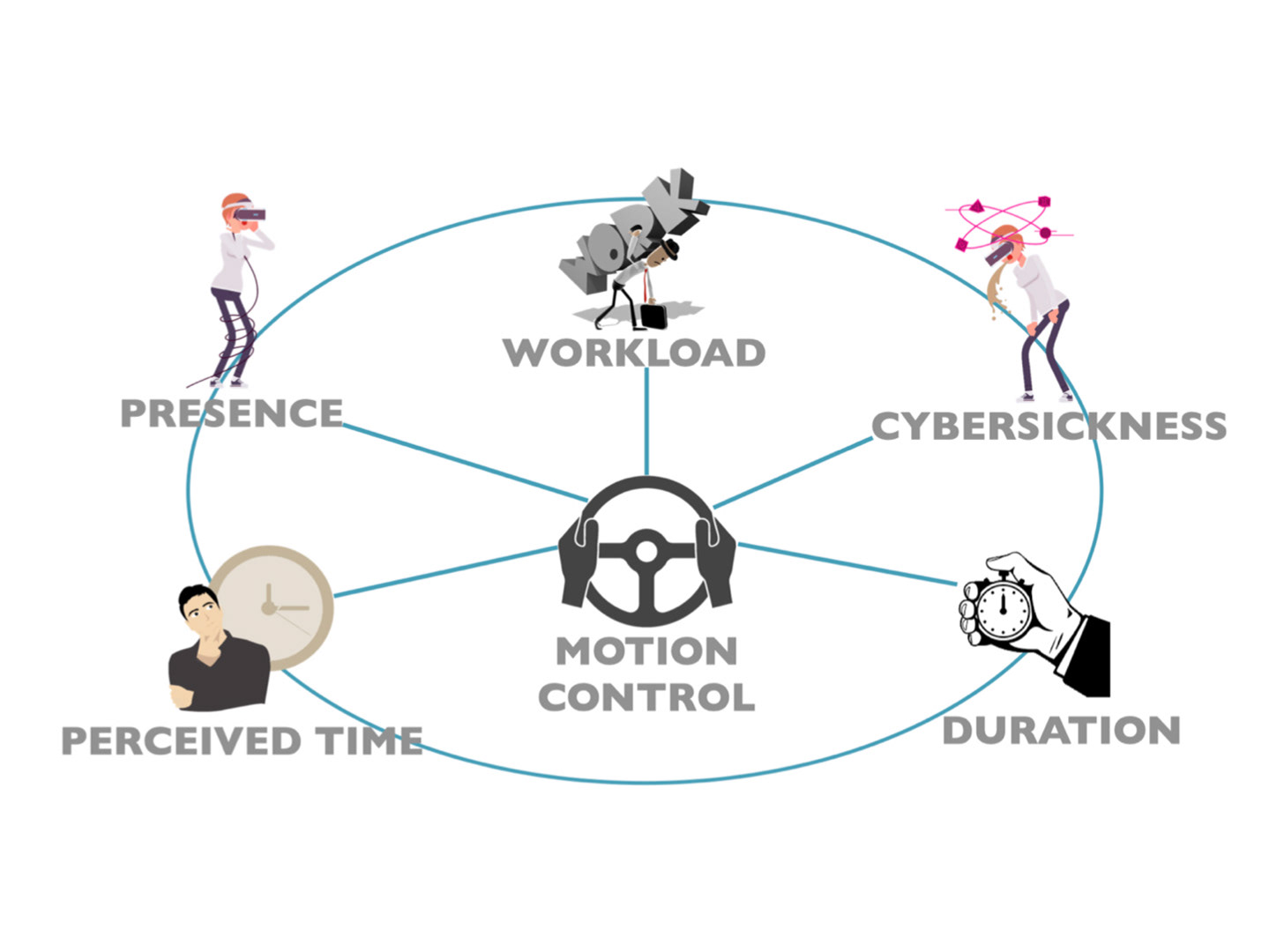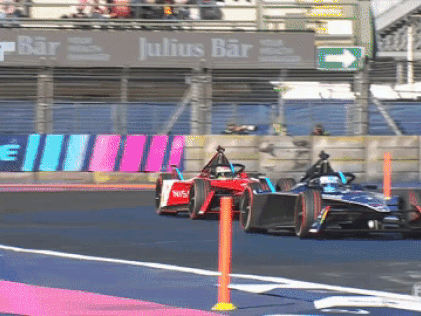GOAL: investigate the phenomenon of cybersickness in immersive virtual environments and study various factors related to it.
Description: We conceptualized, designed and built an immersive virtual reality driving simulator. A car seat was mounted on top of a wooden platform along with a Logitech Driving Force GT's steering wheel and car pedals. This platform with the car seat, steering wheel and pedals was set up in conjunction with a virtual environment that featured a realistic cityscape, making for an immersive experience to study various factors
Effects of Motion Control on Cybersickness
Abstract:
The commercialization and lowering costs of consumer grade Virtual Reality (VR) devices has made the technology increasingly accessible to users around the world. The usage of VR technology is often accompanied by an undesirable side effect called cybersickness. Cyber-sickness is the feeling of discomfort that occurs during VR experiences, producing symptoms similar to those of motion sickness. It continues to remain one of the biggest hurdles to the widespread adoption of VR, making it increasingly important to explore and understand the factors that influence its onset. In this work, we investigated the influence of the presence/absence of motion control on the onset and severity of cybersickness in an HMD based VR driving simulation employing steering as a travel metaphor. Towards this end, we conducted a between subjects study manipulating the presence of control between three experimental conditions, two of which (Driving condition and Yoked Pair condition) formed a yoked control design where every pair of drivers and their yoked pairs were exposed to identical vehicular motion stimuli created by participants in the driving condition. In the other condition (Autonomous Car condition), participants experienced a program driven autonomous vehicle simulation. Results indicated that participants in the Driving condition experienced higher levels of cybersickness than participants in the Yoked Pair condition. While these results don't conform to findings from previous research which suggests that having control over motion reduces cybersickness, it seems to point towards the importance of the fidelity of the control metaphor's feedback response in alleviating cybersickness. Simply allowing one control their motion may not readily alleviate cybersickness but could instead increase it in such HMD based VR driving simulations. It may hence be important to consider how well the control metaphor and its feedback matches users' expectations if we want to successfully mitigate cybersickness.
The commercialization and lowering costs of consumer grade Virtual Reality (VR) devices has made the technology increasingly accessible to users around the world. The usage of VR technology is often accompanied by an undesirable side effect called cybersickness. Cyber-sickness is the feeling of discomfort that occurs during VR experiences, producing symptoms similar to those of motion sickness. It continues to remain one of the biggest hurdles to the widespread adoption of VR, making it increasingly important to explore and understand the factors that influence its onset. In this work, we investigated the influence of the presence/absence of motion control on the onset and severity of cybersickness in an HMD based VR driving simulation employing steering as a travel metaphor. Towards this end, we conducted a between subjects study manipulating the presence of control between three experimental conditions, two of which (Driving condition and Yoked Pair condition) formed a yoked control design where every pair of drivers and their yoked pairs were exposed to identical vehicular motion stimuli created by participants in the driving condition. In the other condition (Autonomous Car condition), participants experienced a program driven autonomous vehicle simulation. Results indicated that participants in the Driving condition experienced higher levels of cybersickness than participants in the Yoked Pair condition. While these results don't conform to findings from previous research which suggests that having control over motion reduces cybersickness, it seems to point towards the importance of the fidelity of the control metaphor's feedback response in alleviating cybersickness. Simply allowing one control their motion may not readily alleviate cybersickness but could instead increase it in such HMD based VR driving simulations. It may hence be important to consider how well the control metaphor and its feedback matches users' expectations if we want to successfully mitigate cybersickness.
Captures

View from a height
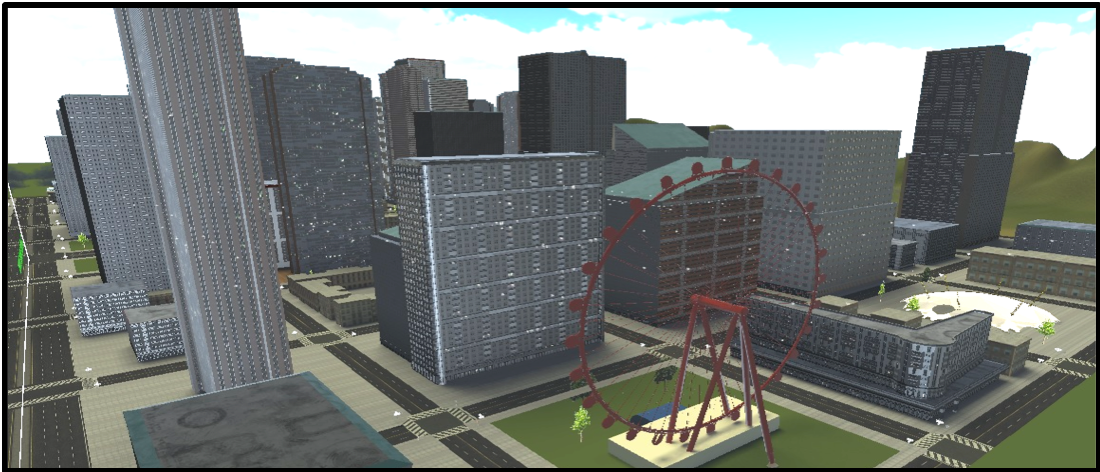
Birds eye view of city with landmarks

View at noon
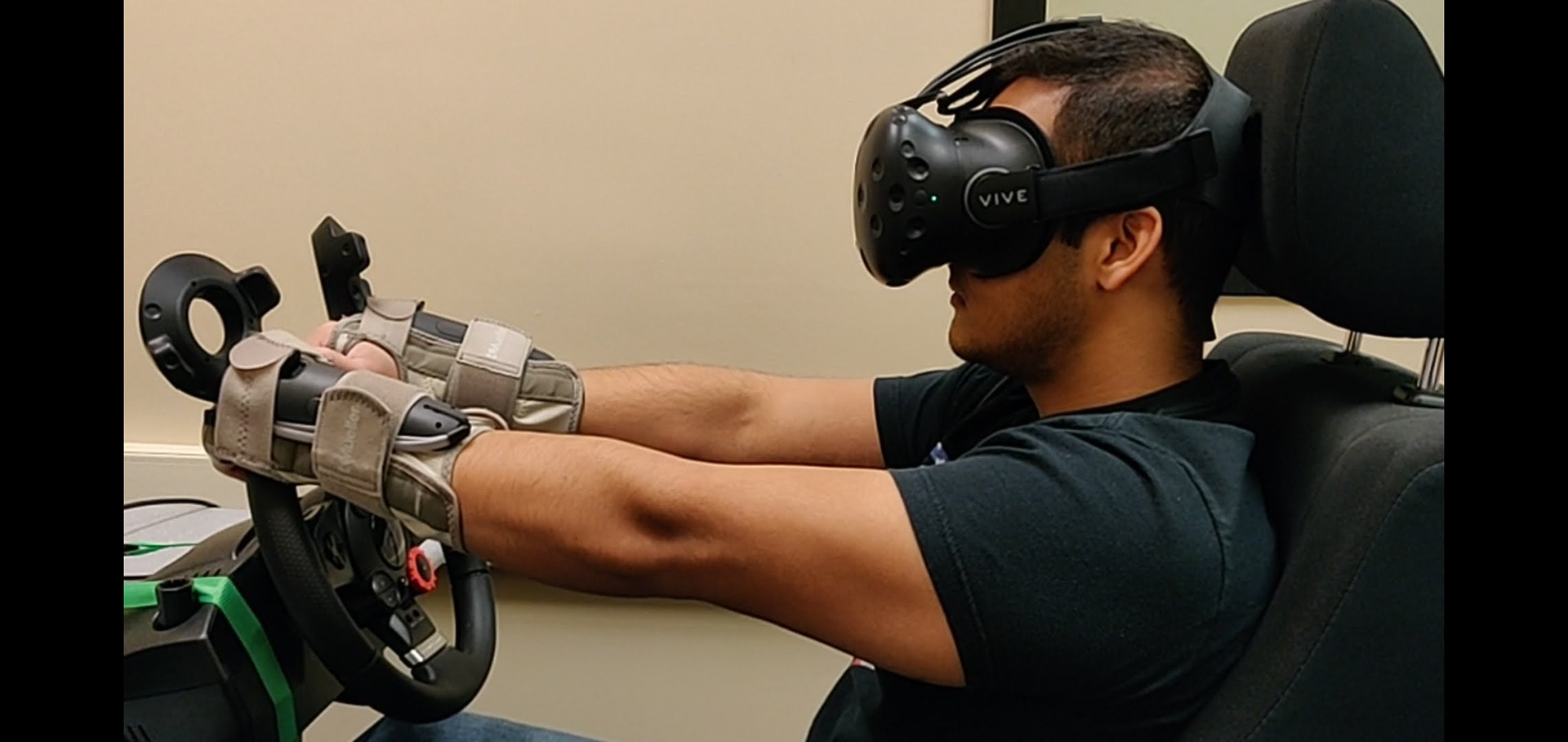
User driving around the city

Driver persepctive

Layout of the city

